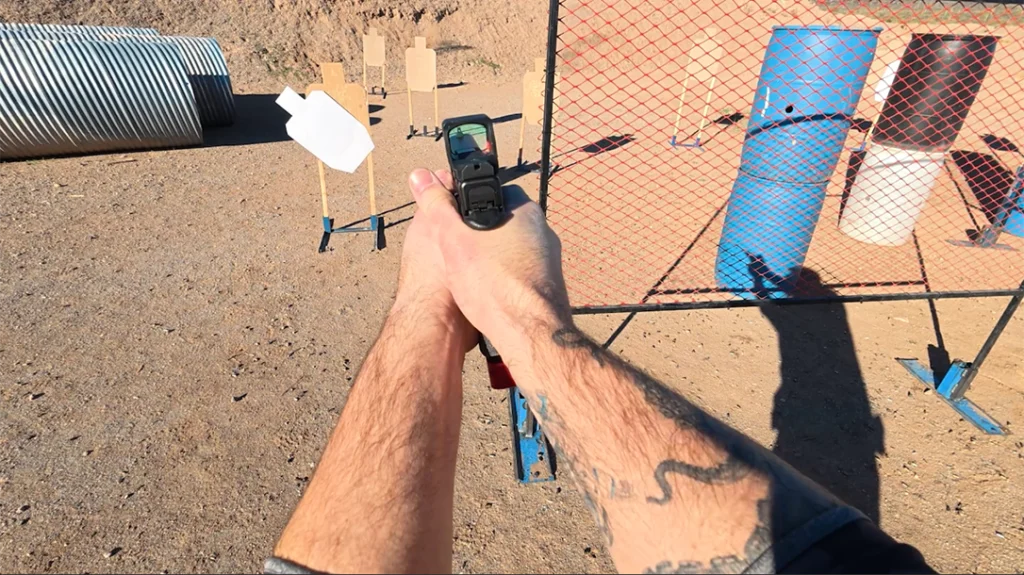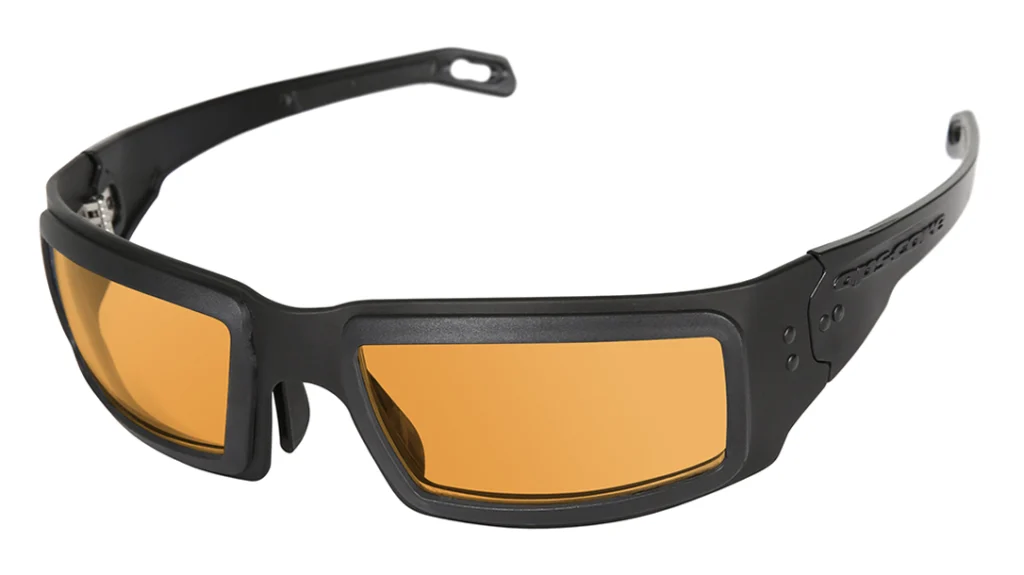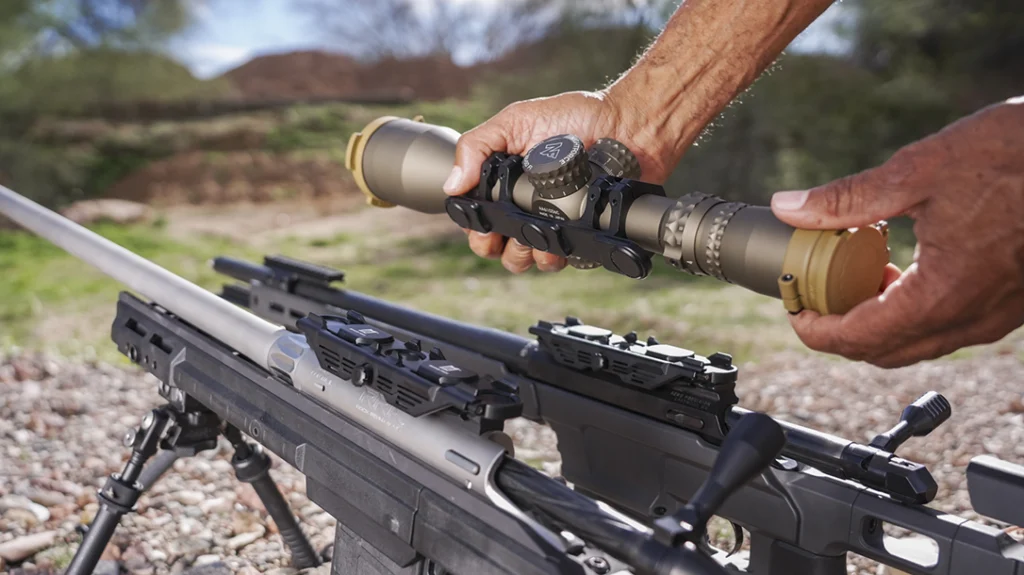This deer season I won’t be hunting with the 6.5 Creedmoor. There, I’ve said it. I realize it’s a magic cartridge with the power of the Death Star, shoots flat like a laser and is accurate like a Tomahawk missile. I get it. It’s a great cartridge, really. But I’m not using it, at least not this year. Madness? Blasphemy? Maybe not.
So, what gives? Why not hunt with it? Because many familiar, non-magnum cartridges are just as good, perhaps even better in some ways than the vaunted 6.5 Creedmoor for hunting. Better how, you ask? Better bullet selection and on-target energy.
6.5 Creedmoor Vs .308 Win.
Take bullet selection. The 6.5mm caliber has been around for over a century and rightfully so, the combination of bore diameter and bullet dimensions work exceptionally well. That’s why it’s been around for so long. However, a lot of the .264 caliber’s recent bullet development has been around the Creedmoor, first as a target cartridge then as fuel for hunting rifles. Its performance envelope is best with bullets between 120 and 140 grains, give or take a few grains shy of 150.
Advertisement — Continue Reading Below
While adequate for most north American big game, the popular .30 caliber is readily available in factory loads for cartridges like the ubiquitous .308 Win. with bullets ranging from 125 – 180 grains and even lighter or heavier in some instances. There has been some fantastic development in bullet technology in the last decade or so, and many of our favorite cartridges have benefitted from this, not just the 6.5 Creedmoor.
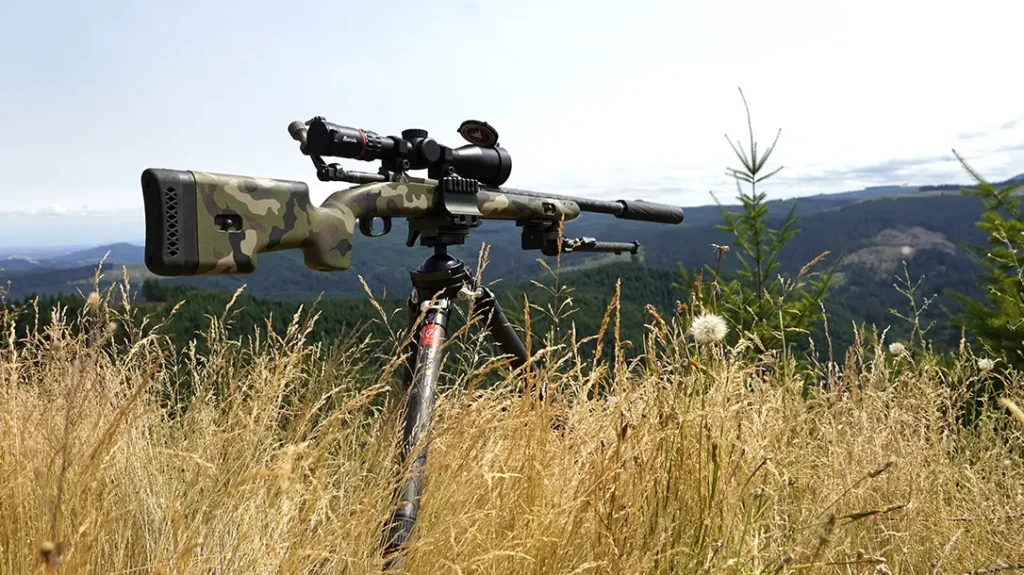
The Trusty Ol’ .308
As an example, take the .308 Winchester, the darling of the target, tactical and hunting community for decades. Recently the .308 has taken a back seat to the 6.5 Creedmoor in terms of popularity and exposure, but it’s far from a one-way trip to the scrap heap. Using a Nosler Ballistic Tip Hunting load as an example, their 165-grain Ballistic Tip has a B.C. of .475. That isn’t bad unless shooting extreme long range. Combined with the fact that Nosler’s factory ammunition with this bullet has it leaving the barrel 150 fps faster than the “Six-5” with a 140-grain bullet, and it shoots flatter than the 6.5 Creedmoor out to 800 yards. The heavier, faster bullet also translates to 413 ft-lbs. more energy at 300 yards. No, energy isn’t everything, but it’s a metric to show that the .308 potentially has some advantages over the 6.5 at realistic hunting distances.
Advertisement — Continue Reading Below
.270 Win. Still Delivers
Another favorite of deer and elk hunters, the .270 Winchester has also benefited from low-drag bullet development. While not as “slippery” as the 6.5mm with bullets in the 140ish weight range, the new .270 bullets are not bricks and leave the barrel faster, much faster than the factory 6.5 Creedmoor loads. Again, at realistic hunting ranges it has an edge in energy and trajectory. Using the Hornady 145-grain ELDx for example, its published velocity is 2,950 fps vs the 2,700 fps of the 6.5 Creedmoor. That’s a notable difference that translates to a flatter trajectory out to 1,000 yards and more energy out to almost 800 yards. Yes, it is comparing a long-action to a short-action rifle, and that debate has been kicked around more than a hacky sack at Grateful Dead concert. The point of this is to compare common non-magnum hunting cartridges.
Wind comparisons get interesting, but mostly theoretical at distances inside of 600 yards. The 6.5 Creedmoor is deflected less by the wind than the .308 but more than the .270. We’re talking about measurements of inches in the low single digits using a 10 mph cross wind at 90 degrees. Most reticles cover up almost this much at that range, making the difference moot.
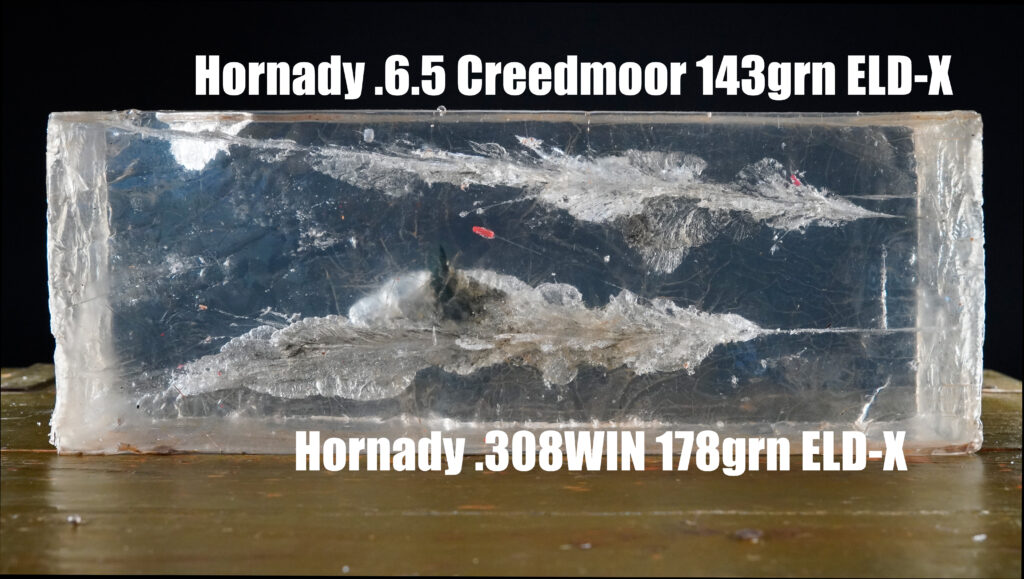
Advertisement — Continue Reading Below
Recoil Reality: 6.5 Creedmoor Vs .308
“But the 6.5 shoots really soft…” you say. Yes, it does. It is probably one of the sweetest shooting centerfire cartridges to hit the scene in a long time. But so what? It’s not like the .308 or .270 or many other common hunting cartridges are known to have clavicle-crushing recoil. For new shooters or those who might be exceptionally recoil averse then the 6.5 is not only a good choice but the best choice. However, for shooters that aren’t particularly recoil sensitive then the soft-shooting issue isn’t much of a factor.
But the proof is in the ballistic pudding, so to speak. To see if the numbers were theoretical or factual, I put the 308 Win. and 6.5 CM to the test, measuring velocity, shooting at extended hunting distances, and looking at some effects of each when shooting into some ballistic gel at 200 yards. The results were interesting but not surprising.
Actual bullet velocity compared to the ammo maker’s published data varied depending on the cartridge. Sierra lists the 308 Win. 168-grain HPBT MatchKing leaving at 2,650 fps. The Garmin clocked the average velocity at 2,660 fps. The 6.5 Creedmoor load, the 143 ELD-X has a published velocity of 2,700 fps; it left the barrel at 2,694. The Remington .308 Win. 165-grain Tipped Core-Lokt saw the most velocity loss of the three. The published data calls for 2,700, but the average velocity as measured by the Garmin was 2,615 fps.
Advertisement — Continue Reading Below
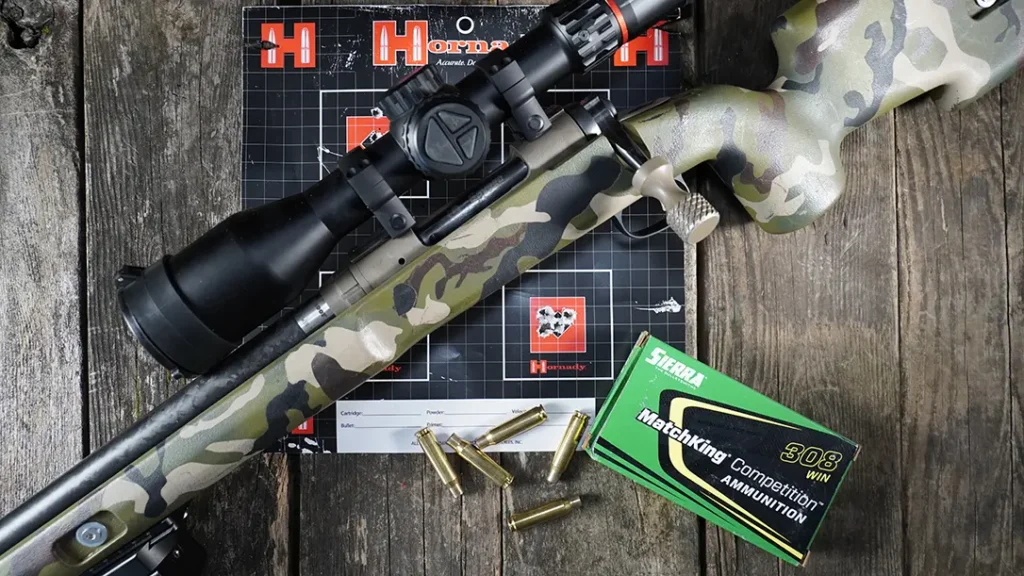
Ballistic Peformance
Shooting at a block of ballistic gel was uneventful unless you happened to be the block of gel on the receiving end. The range was 200 yards. Both bullets caused a significant temporary wound channel and easily passed through the 16-inch length of the block and penetrated the wood behind it. One could spend days shooting different bullets into these blocks looking for differences, not to mention it’s a lot of fun, but I didn’t have the time or the money for the ammo and the gel blocks.
The final part of the race was to do some shooting in field conditions to see if there were any notable difference in difficulty hitting a 12-inch steel target at 600 yards. The field conditions included some slope, variable wind, and different positions such as off a bipod and a tripod. The test setups included a 6.5 Creedmoor Ruger American, a custom Savage 10 in .308 Win. with a Proof Research Carbon fiber barrel and Choate Tactical Stock with a Burris Eliminator 6, and a CZ 600 Alpha in .308 Win. with a Leupold VX 5HD 3-15X42mm.
Advertisement — Continue Reading Below
Final Shots
Overall, there was no discernable difference at that range. Maybe further out the more parabolic trajectory of the .308 Win. with heavier bullets would be less forgiving of point of aim errors and velocity variations, but at 600 yards and closer, which is the vast majority of most hunting situations, any difference in trajectory seems moot.
If possible, everyone should do some shooting with both cartridges to see which is right for them. The 6.5 Creedmoor is an awesome cartridge and when purely looking at long range performance, shootability, accuracy, it’s a better cartridge than the .308 Win. But if you’re planning to keep shoots inside of 600 yards, the .308 Win. doesn’t really give up anything in performance, and when you factor in the huge selection in bullet types and weights, the .308 Win. is still just as good if not a better overall cartridge than the 6.5 Creedmoor.


